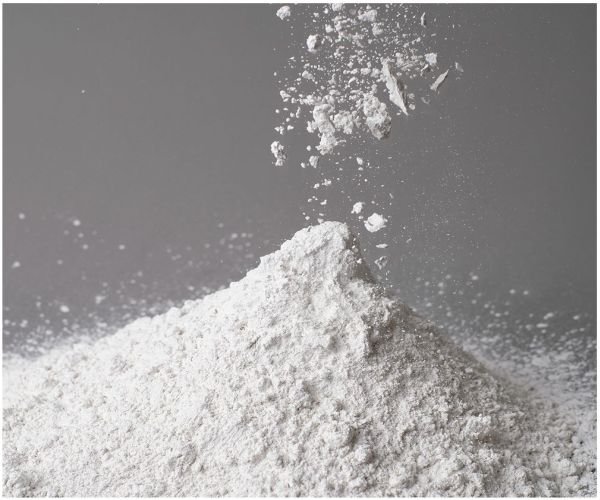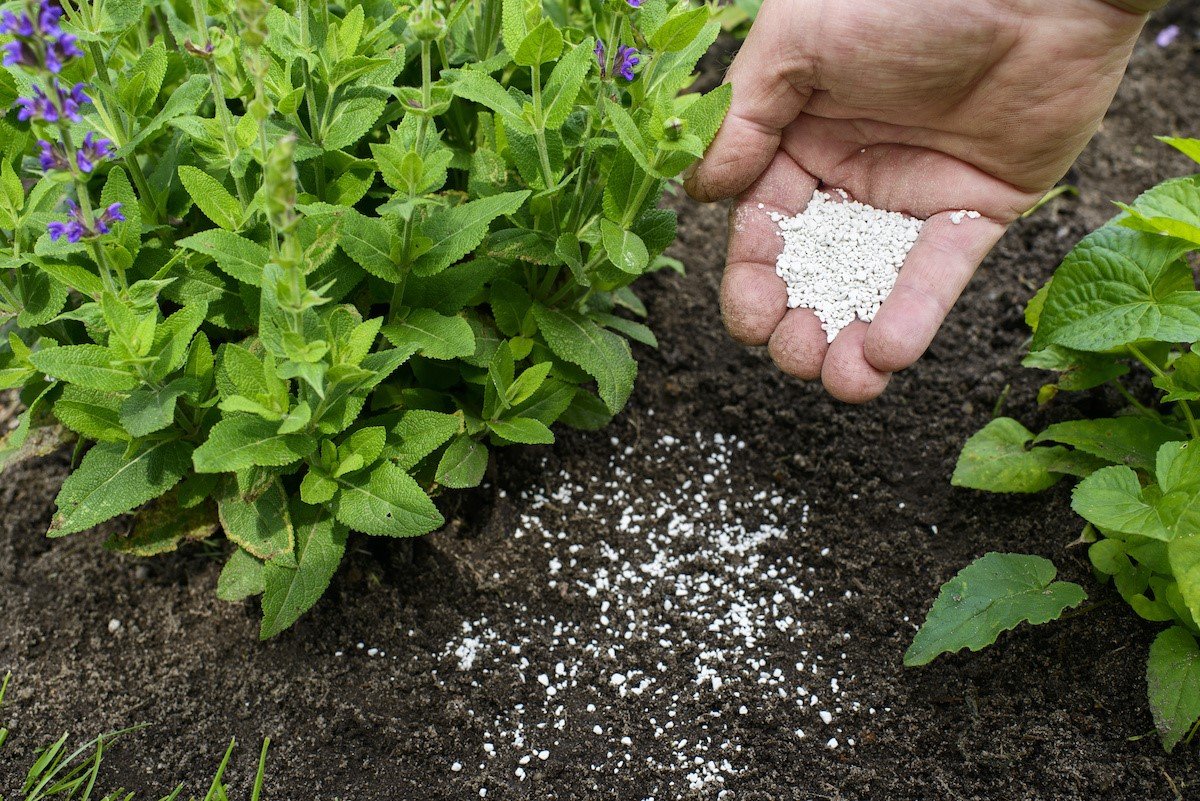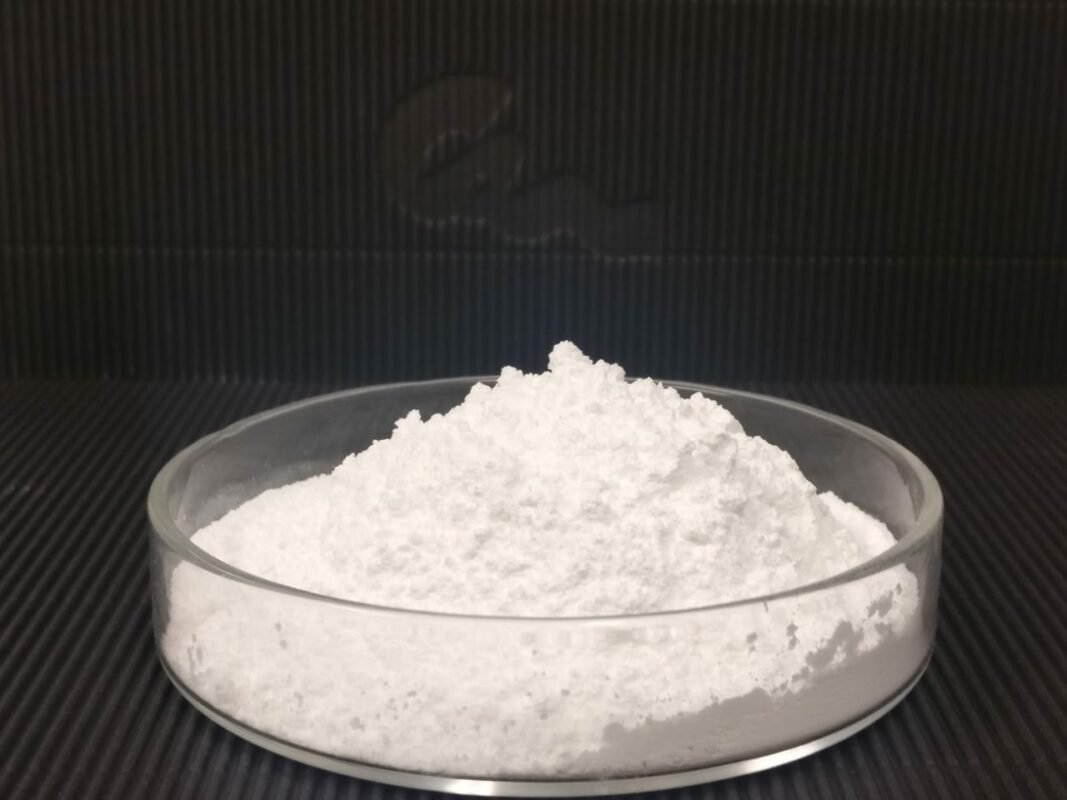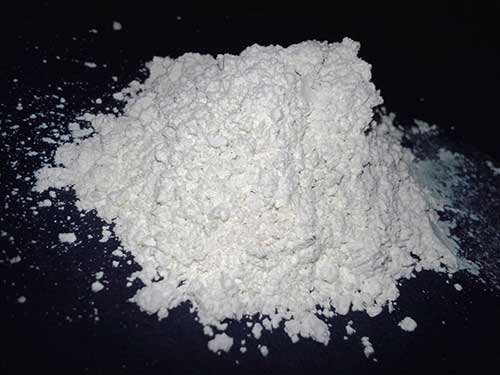Quicklime, also known as calcium oxide (CaO), has several applications in agriculture, primarily related to soil and crop management. Here are some of the ways in which quicklime is used in agriculture:
- Soil pH Adjustment: Quicklime is often used to raise the pH of acidic soils. Soils with a low pH (acidic soils) can hinder plant growth and reduce nutrient availability. By adding quicklime, farmers can neutralize the acidity and make the soil more suitable for a wider range of crops.
- Improving Nutrient Availability: Quicklime can help improve the availability of essential plant nutrients in the soil, such as phosphorus and molybdenum. This can lead to better crop yields and healthier plants.
- Soil Structure Enhancement: Quicklime can improve the physical properties of the soil by reducing compaction and increasing aeration. It can also enhance the workability of clay soils, making them easier to cultivate.
- Disease and Pest Control: Lime can deter some soil-borne diseases and pests, such as nematodes. It can also help reduce the risk of clubroot disease in brassica crops.
- Stabilizing Compost: Quicklime is sometimes used in composting to help control pH and odor, ensuring that the composting process is efficient and that the resulting compost is of good quality.
- Sewage Treatment: In some agricultural areas, quicklime is used in sewage treatment to reduce the odor and pathogens in wastewater, which can then be used for irrigation in some cases.
- Animal Waste Management: Lime is used to treat animal manure, reducing odors and pathogens. This can be beneficial for both animal health and environmental considerations.
It’s important to note that the application of quicklime in agriculture should be done with caution and based on soil testing and expert recommendations. The amount of quicklime needed and the timing of its application can vary depending on specific soil conditions and crop types. Excessive use of quicklime can raise soil pH to harmful levels, so it’s essential to follow best practices and guidelines for its application.











